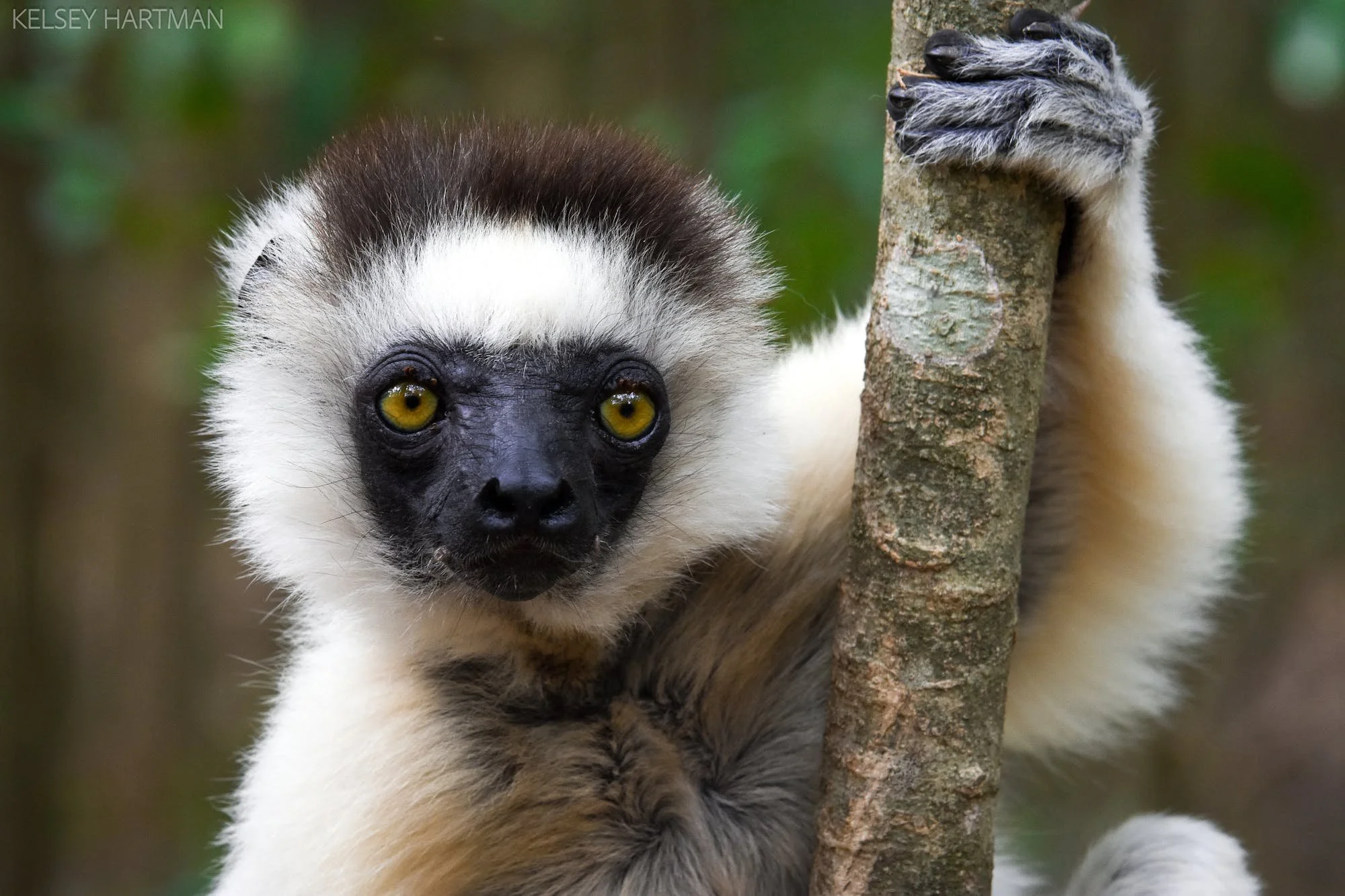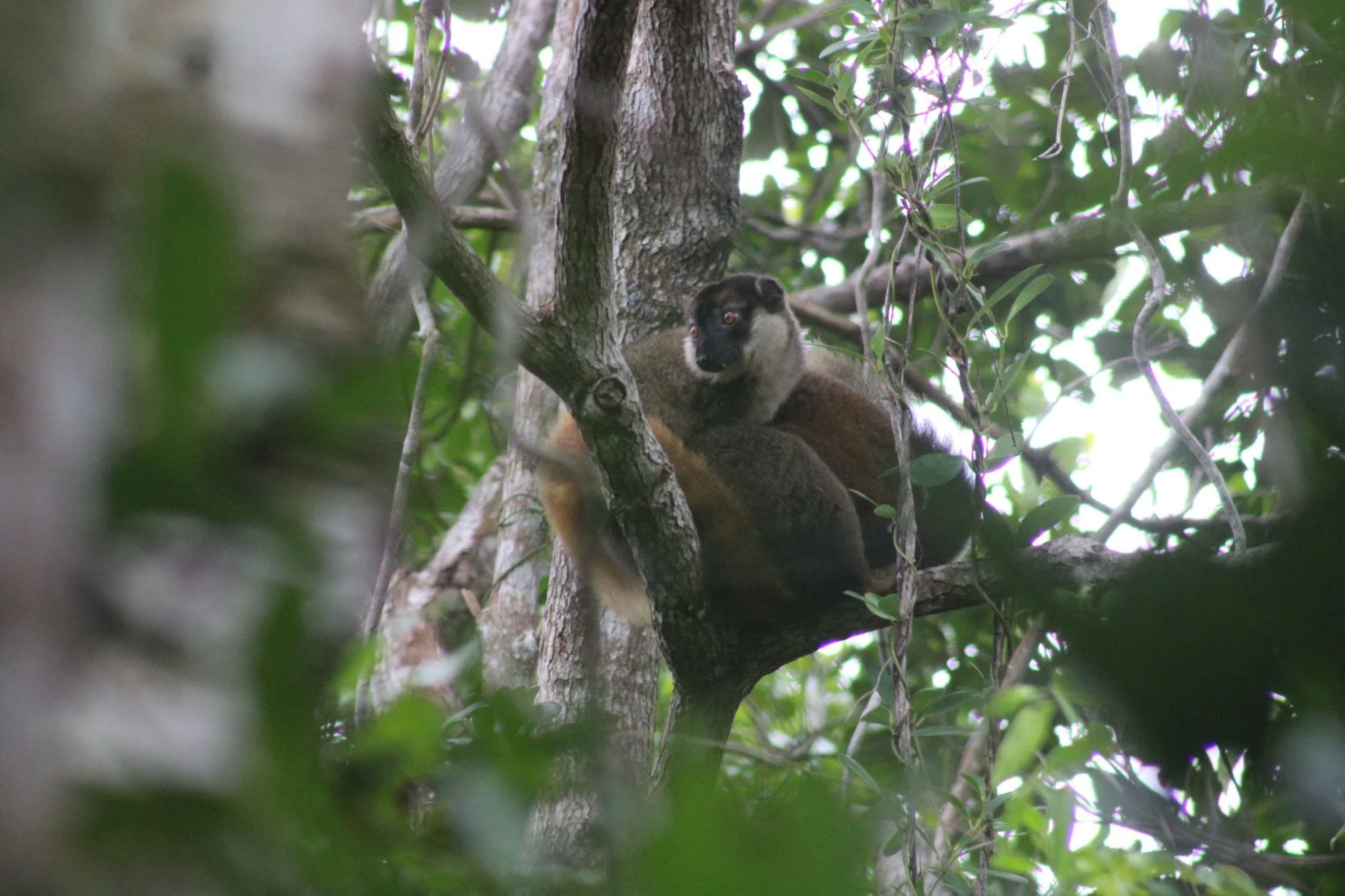HIH at the International Primatological Society Conference, Madagascar
For the first time in its history, in July 2025, the International Primatological Society (IPS) Conference was hosted in Antananarivo, Madagascar. Health In Harmony’s Partnerships Associate, Hasinala Ramangason, gave a key talk entitled "Listening to communities: Centering the expertise of rainforest communities as a new approach to protect Madagascar’s Lemurs".
Protecting primates is not just about preserving forest cover, it is also about understanding and supporting the communities who live within and depend on those forests. At Health In Harmony, we have seen firsthand that when Indigenous People and Local Communities lead the design of solutions, they become powerful stewards of biodiversity. Primate conservation becomes possible and sustainable only when human wellbeing is addressed alongside ecological health.
The International Primatological Society (IPS) Conference is a major gathering of primatologists and conservationists from around the world, held every two years. For the conference to be held in Antananarivo, Madagascar, for the first time was more than symbolic. Madagascar is widely recognized as the highest global priority for primate conservation, with extraordinarily high levels of endemism and threat.
The country had the strongest representation at the conference, which was powerful to witness. Malagasy researchers, scholars, and conservation practitioners took up space and shared leadership in a field that so often studies them without including them. It was a landmark moment for Madagascar and a long-overdue recognition of its ecological and intellectual significance.
Community Inclusion: Still More Rhetoric than Practice
While the conference showcased a range of research, many of the talks focused on conservation. One noticeable trend was that some projects have begun referencing community wellbeing, largely in response to external critique. But too often, this inclusion felt superficial, a checkbox rather than a meaningful shift.
The dominant lens remained species-based or ecosystem-based, with few programs truly centering human communities in the design or delivery of conservation efforts. Yet communities are not separate from ecosystems. Their health, knowledge and stewardship are fundamental to the long-term protection of biodiversity. As a planetary health organization, HIH understands that ecological and human wellbeing are deeply interdependent, and conservation must reflect that reality.
This is where Health In Harmony's model continues to resonate so strongly. HIH’s work in Manombo alongside local partner FAMI-HIH is rooted in community-designed solutions and integrates health and conservation programming, which stood out as one of the rare examples of what centering reciprocity and community self-determination can look like. FAMI-HIH’s operational capacity, from mobile clinics to forest guardianship programs, and the impact numbers we shared on health outcomes, reforestation, and community engagement sparked real interest and hope.
Sustainability and Scale
At the same time, many conference participants raised persistent questions about financial sustainability. How do you fund a program that is so diverse, spanning health care, livelihoods, ecological research, and conservation enforcement? How do you sustain it long-term, especially in a funding environment where major programs have recently been cut or closed?
These questions echoed across sessions, particularly against the backdrop of an increasingly complex and uncertain international funding landscape. Several funders, including major North American science institutions, remain heavily focused on basic science. Applied and translational research programs with direct community benefits, especially those that combine ecological restoration with health and livelihood outcomes, are often deprioritized or overlooked. This gap in support leaves many organizations without the resources they need to implement or scale work that is both scientifically grounded and socially transformative.
Another recurring theme was the disconnect between output and real impact. Many programs have delivered high volumes of activity, yet failed to translate these into meaningful ecological and social outcomes. In recent years, funding has increasingly been cut not because of a lack of implementation, but because conservation efforts have failed to deliver on their promises. There is growing recognition that funds can be highly effective at generating outputs, but not necessarily impact.
For impact to happen, the strength and relevance of the model itself becomes critical. Some donors still see potential in new approaches, but remain unable to capture or assess impact in ways that justify continued investment. This has contributed to the abandonment of funding programs that once looked promising but ultimately struggled to demonstrate real change for ecosystems or communities.
Innovative Finance: Toolbox or Black Box?
Some sessions explored innovative financing mechanisms, including biodiversity and carbon credits and AI-assisted direct cash transfer models. These conversations brought energy and promise, and reflect a growing awareness that traditional funding models may not be enough to support intersectional, systems-based conservation.
However, these models often remain inaccessible to the organization and communities they are meant to benefit. The terminology, structures, and entry points can be so opaque that non-finance experts are left in the dark. These tools are often experienced as a black box, rather than as enabling resources. Across sessions, there was broad consensus on the need for a practical, transparent toolbox that organizations can actually use. Such a shift could help bridge the gap between funding innovation and field-based implementation.
Looking forward
The IPS gathering made clear that the global conservation community is grappling with big questions. How do we build trust with communities? How do we measure what truly matters? How do we design funding systems that serve both people and ecosystems in the long term?
Health In Harmony’s working model continues to offer a living answer to these questions. By aligning conservation goals with community-identified priorities, our model ensures thatIndigenous Peoples, local communities, and Afrodescendant Peoples are not just included, but leading the solutions. In Manombo and other global sites where HIH’s local partners work alongside rainforest communities, community members identify the solutions and pathways through which planetary health is restored. This reciprocity with communities builds trust, reduces pressures on rainforest primate habitats and results in more lasting environmental and health outcomes.


